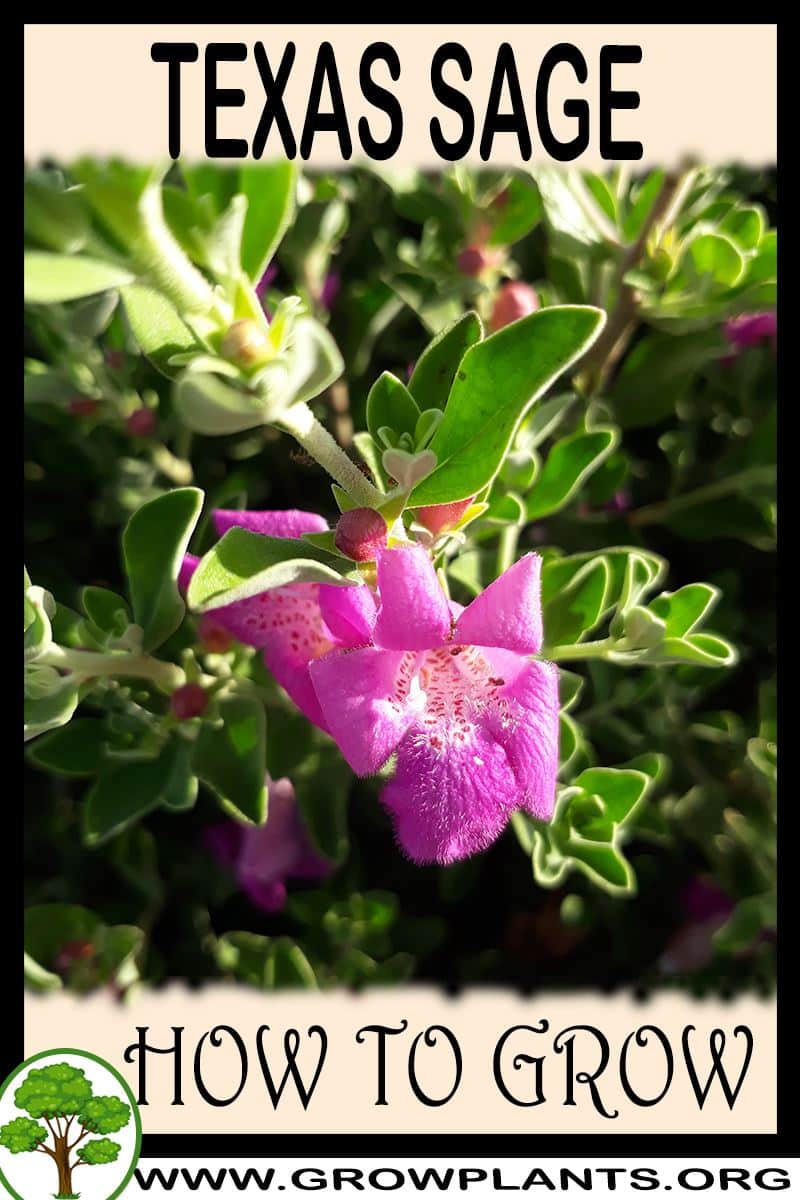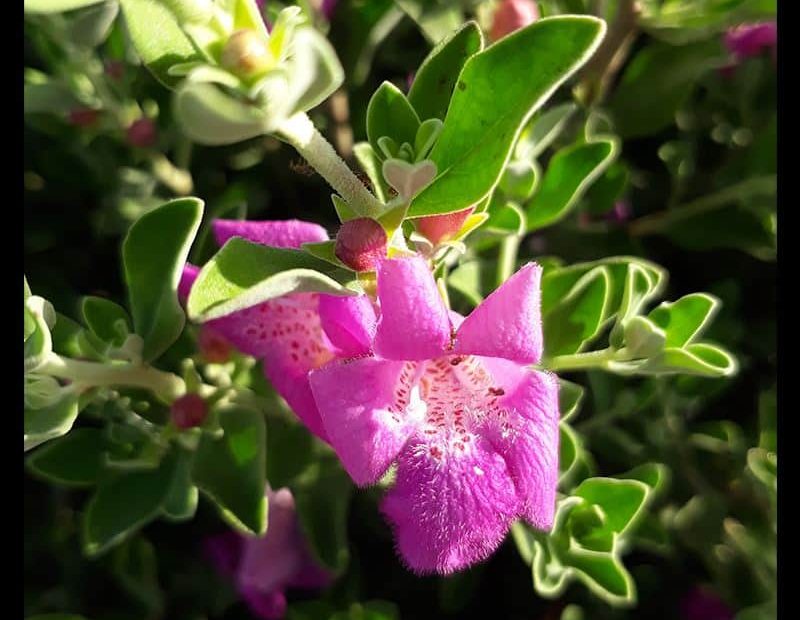Can Texas Sage Thrive In Floridas Climate?
Texas Sage – Growing And Care
Keywords searched by users: Can Texas sage grow in Florida texas sage problems, is texas sage poisonous to humans, texas sage landscaping ideas, texas sage size, texas sage growth rate, texas sage florida size, texas sage hardiness zone, texas sage hedge
How Do You Care For Texas Sage In Florida?
Caring for Texas sage in Florida involves several key considerations to ensure its optimal growth and health. First and foremost, it is crucial to provide well-draining soil for the plant. This will help prevent waterlogged conditions, which Texas sage is sensitive to. Once the plant is established, it generally does not require additional watering, as it is quite drought-tolerant.
In terms of environmental conditions, Texas sage is remarkably resilient to both high temperatures and occasional cold spells, withstanding temperatures as low as 10°F. It typically blooms in response to increased humidity, rain, and shifts in barometric pressure. These natural cues trigger its flowering cycle.
Interestingly, Texas sage generally does not require regular fertilization. Its native adaptability allows it to thrive without the need for added nutrients. This low-maintenance quality makes it a convenient choice for gardeners looking for a hassle-free plant to cultivate in their Florida gardens.
Where Does Texas Sage Grow Best?
The optimal growing conditions for Texas sage (Leucophyllum frutescens) are essential to ensure its healthy development and prolific blooming. This sun-loving plant thrives best when planted in a location that receives full sun exposure, which means it should receive at least 6 to 8 hours of direct sunlight each day. While Texas sage can tolerate partial shade, such as areas with morning shade and afternoon sun, it’s important to note that when grown in such conditions, the plant may tend to become leggy and produce fewer blooms compared to when it’s cultivated in full sun. Therefore, for the most robust growth and vibrant flowering, providing Texas sage with ample full sun is recommended.
Is Texas Sage The Same As Sage?
Is Texas sage the same as Sage? Texas sage, also referred to as Texas rangers or barometer bushes, is a group of shrubs known for their striking leaves that can range from silvery gray to lush green, depending on the specific variety. Additionally, these plants produce an array of flowers in various shades of purple and occasionally white. It’s important to note that despite their similar name, Texas sage is not closely related to true sages. True sages belong to a different botanical family altogether. This distinction is crucial in understanding the distinct characteristics and classifications of these plants.
Found 19 Can Texas sage grow in Florida

Categories: Details 84 Can Texas Sage Grow In Florida
See more here: manhtretruc.com

Adapted to our soil, heat and occasional drought-like conditions, the plant called the Texas sage is a great Florida-Friendly Landscaping recommended shrub.Grow Texas sage in a spot with full sun (at least 6 to 8 hours of direct sun each day). This sun-loving plant will tolerate part shade (areas with morning shade and afternoon sun), but is more likely to grow lanky and bloom less.With leaves that range from silvery gray to rich green, depending upon the variety, and flowers in every color of purple and sometimes white, these beautiful shrubs are collectively known as Texas sages, Texas rangers, or barometer bushes, and are not at all closely related to true sages.
- Soil. Texas sage needs good drainage. …
- Water. Once established, it doesn’t need supplemental water.
- Temperature and Humidity. Texas sage is both heat and cold tolerant to 10F, It blooms with the onset of rain, increased humidity, and changes in barometric pressure.
- Fertilize. No need to fertilize.
Learn more about the topic Can Texas sage grow in Florida.
- COLUMN: Try the Texas sage here in Southwest Florida | News
- How To Grow And Care For Texas Sage – Southern Living
- Texas sage (Leucophyllum frutescens) – Costa Farms
- A sage is a sage is a sage … Not! – Las Cruces Sun-News
- Heavenly Cloud (Texas Sage) – Central Texas Gardener
- Texas Sage – South-Florida-Plant-Guide
